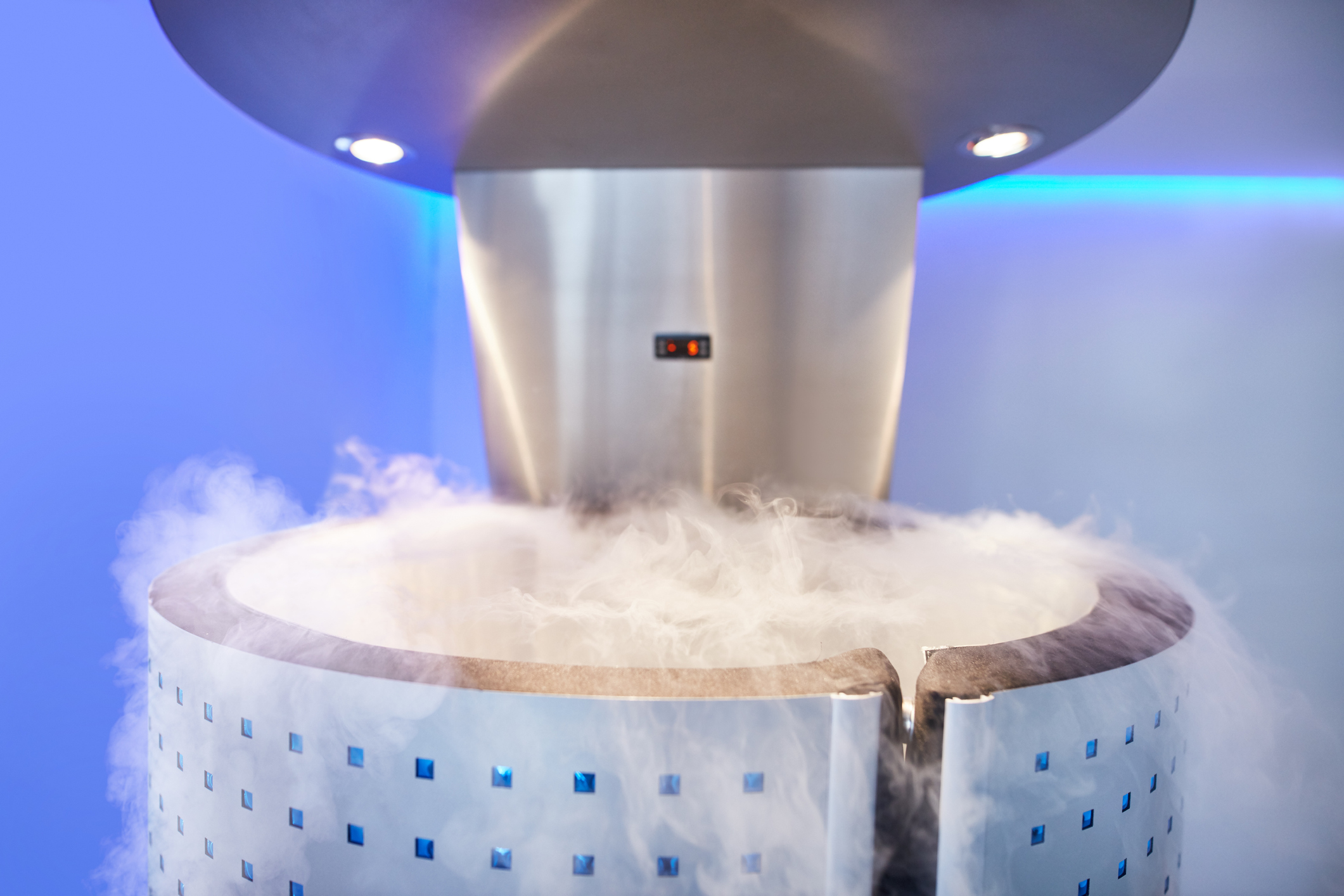Doctors have long advised using cold therapy to help treat inflammation due to injury, provide relief from headaches, or ease soreness after muscle or joint overuse. In recent years, whole body cryotherapy has gained popularity with spas and wellness centers claiming freezing tank treatments can alleviate pain, or even help people lose weight or treat depression. But is the practice safe?
According to the U.S. Food and Drug Administration, there is no evidence that whole body cryotherapy (WBC) effectively treats health conditions like Alzheimer’s, fibromyalgia, migraines, rheumatoid arthritis, multiple sclerosis, stress, anxiety or chronic pain. The devices are not approved by the FDA to treat medical conditions.
Claims that WBC can improve circulation, increase metabolism, improve recovery and soreness or relieve joint and body pain have not been substantiated and there is insufficient information to date about the effect of ultra-low temperatures on blood pressure, heart rate, and metabolism. The potential hazards, especially when liquid nitrogen is used for cooling, include oxygen deficiency that could lead to a loss of consciousness and risks of frostbite or eye injuries from extreme temperatures.
Although exposure to cold and heat for short periods of time may supply beneficial stress on the body without damaging cells, mild cold stress such as sleeping in cool temperatures or taking a cool shower may be sufficient to have a positive effect on healthy brown fat and longevity. Sleeping in a room that is 68 degrees Fahrenheit, and without heavy blankets can also help promote a more restful night’s sleep.
If you are considering WBC, cold water immersion, or another cold therapy, talk first with your doctor to determine if it is safe for you and limit exposure to a few minutes only. Read more about cold exposure therapy by following this link to the Wim Hof Method website.






Add Your Voice
0 Comments
Join the Discussion